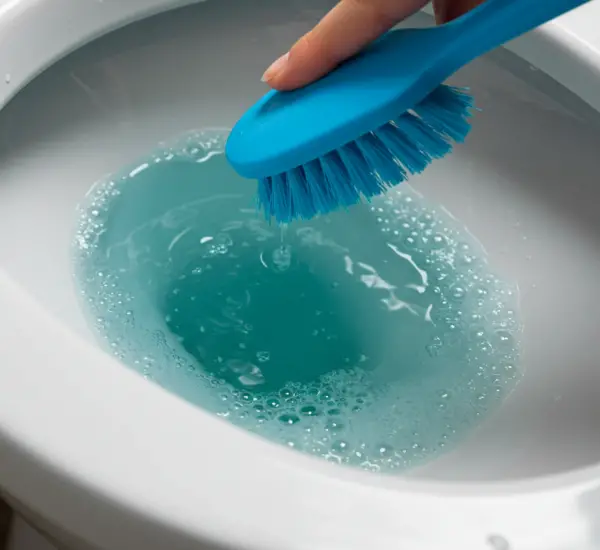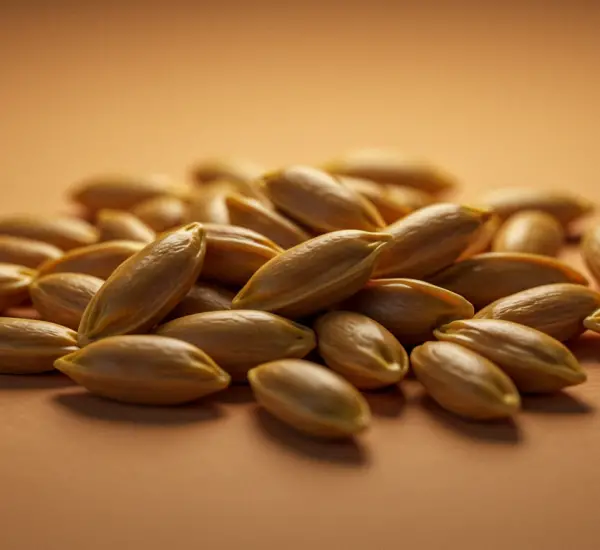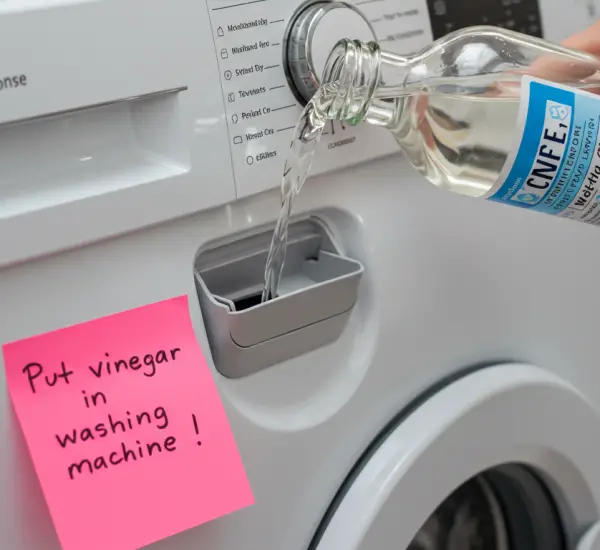The kitchen is the heart of every home, a place where family life naturally revolves. It is also one of the spaces that gets dirty most quickly. Steam from cooking, splashes of oil, crumbs, and frequent handling of cabinets and drawers mean that kitchen furniture is constantly exposed to grease, dust, and fingerprints. For those with wooden cabinets—especially matte wood—the challenge is even greater. Unlike glossy finishes that can be wiped easily, matte wood is porous and sensitive, requiring special care to preserve its beauty and durability.
With the right techniques and natural products, however, it’s possible to keep your matte wooden kitchen furniture clean, polished, and as stunning as the day you bought it. Below we’ll explore step-by-step methods, the best products to use, and tips to ensure your cabinets remain elegant and hygienic.
Why Regular Cleaning Is Essential
Kitchen cabinets are exposed daily to moisture, heat, and grease. Over time, these elements can make wood surfaces sticky, swollen, or even dull. Matte finishes, in particular, tend to trap dust and fingerprints more easily than glossy ones, giving them a neglected look if not cleaned often.
Additionally, since cabinet doors and drawers are frequently touched, they accumulate bacteria and germs, making regular cleaning not only an aesthetic choice but also a hygienic necessity. A consistent cleaning routine helps maintain a healthy environment while protecting the longevity of your wooden furniture.
Step 1: Start With Dusting
Before applying any cleaning solution, it’s important to remove surface dust and loose dirt. Use a dry microfiber cloth to gently wipe down all cabinet surfaces, including handles, corners, and the edges around drawers. Microfiber is ideal because it captures dust particles without scratching the wood.
This initial step ensures that dirt and grime won’t be rubbed into the surface during deeper cleaning, which could otherwise damage the delicate matte finish.
Step 2: Clean With Gentle Solutions
When it comes to wooden cabinets, harsh chemical cleaners should be avoided at all costs. Strong products can strip away protective coatings, discolor the surface, or dry out the wood. Instead, choose natural, mild solutions such as:
-
White vinegar: Due to its acidity, vinegar is a powerful degreaser and disinfectant. Dilute it with equal parts water, dampen a cloth, and gently wipe the cabinets. Vinegar helps remove grease, eliminate odors, and kill bacteria without harming the wood.
-
Marseille soap: This traditional, natural soap is another excellent option for matte wood. Dissolve a small piece in warm water to create a mild soapy solution. Wipe with a soft cloth and then rinse with clean water to prevent residue.
Avoid soaking the wood. Excess moisture can seep into the surface, causing swelling or warping. Always wring out the cloth thoroughly before wiping.
Step 3: Deep Clean and Shine With Beeswax
For cabinets that look dull or have stubborn grime, beeswax is an age-old solution. Available in pharmacies and supermarkets, beeswax is highly effective in restoring shine and protecting wooden furniture.
Apply just a few drops onto a clean microfiber cloth and rub gently onto the cabinet surface, following the grain of the wood. Beeswax not only removes stubborn dirt but also adds a subtle sheen, making your cabinets look refreshed. It creates a protective barrier that repels dust and moisture, keeping the wood in better condition over time.
Be sure to check product instructions to confirm compatibility with your specific type of wood. Some matte finishes may require lighter treatments than others.
Step 4: Add Extra Protection With Furniture Oil
After cleaning and waxing, you can enhance the natural look of matte wood by applying a thin layer of oil specifically formulated for wooden furniture. This treatment nourishes the wood, prevents it from drying out, and provides a soft, natural glow without creating a glossy finish.
Pour a small amount of oil onto a cloth and rub it gently over the surface, again following the direction of the grain. This will help maintain the wood’s texture and prevent future dullness.
Maintenance Routine for Matte Wooden Cabinets
To ensure your kitchen cabinets remain in top condition, consider the following cleaning schedule:
-
Weekly: Dust the cabinets with a microfiber cloth to prevent buildup of dirt and grease.
-
Bi-weekly: Wipe with a mild vinegar or Marseille soap solution for deeper cleaning.
-
Monthly: Polish with beeswax to restore shine and add a protective layer.
-
Every few months: Apply a light coat of furniture oil to nourish the wood and preserve its matte finish.
By sticking to this simple routine, you’ll prevent the gradual deterioration of wood caused by kitchen humidity and daily wear.
Extra Tips for Preserving Matte Wooden Furniture
-
Avoid abrasive sponges or brushes. These can scratch and ruin the matte surface.
-
Do not use silicone-based cleaners. While they may provide temporary shine, they can leave sticky residues that attract dust.
-
Wipe spills immediately. Liquids like oil, coffee, or wine can easily stain porous wood if left too long.
-
Keep cabinets dry. Excess moisture is one of the biggest enemies of wood, so always use a dry cloth after cleaning.
-
Ventilate your kitchen. Good airflow reduces humidity levels, protecting wooden furniture from swelling or warping.
Final Thoughts
Matte wooden kitchen cabinets are elegant, timeless, and versatile. However, their beauty comes with the responsibility of regular and careful maintenance. By using natural cleaning agents such as vinegar, Marseille soap, and beeswax, you can clean and polish your cabinets without damaging the wood. Adding a protective layer of furniture oil ensures that the wood remains nourished, preventing dullness and prolonging its lifespan.
With these simple yet effective methods, your kitchen will stay spotless, hygienic, and welcoming, while your wooden cabinets will continue to radiate warmth and sophistication for years to come.



